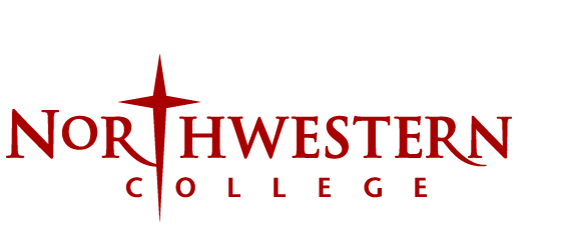Document Type
Article
Publication Date
Spring 2020
Abstract
The United States has seen a large increase in the number of ELL students in schools nationwide over the past twenty years. This literature review evaluates and compares different second language acquisition theories, teacher practices, learning strategies to help determine what teaching strategies will best help the ELL population close the achievement gap while becoming fluent in the English language. In order to provide each child an equal, high-quality education as required under the ESSA, more teachers need to be trained and well-equipped with the knowledge and tools to effectively teach ELL students in their classrooms. School leaders and stakeholders need to invest in appropriate professional development to support the learning of teachers who are faced with the task of meeting every students’ needs. Explicit instruction from teachers in areas of vocabulary, reading comprehension, and listening strategies are a few key strategies that teachers need to become effective in when teaching in their classrooms.

